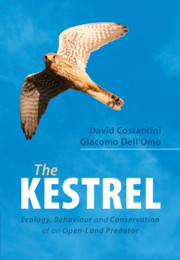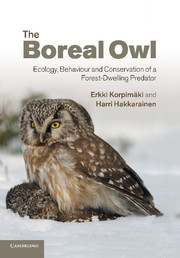The Kestrel
Widespread across open lands and cities of Europe, Africa, and Asia, the common kestrel (Falco tinnunculus) is one of the most abundant and studied birds of prey. This book brings together and synthesises the results of research on kestrels for professional ornithologists and scientists that seek to consolidate a vast body of literature. It is also a reference for those readers who may not have the depth of scientific knowledge to navigate new fields of scientific enquiry. It examines many aspects of the species' biology, from the reproductive strategies to the behavioural and demographic adaptations to changes of environmental conditions. It also discusses the roles of physiology and immunology in mediating the adaptability of kestrels to the ongoing environmental changes with a particular focus on contaminants. This volume presents new and exciting avenues of research on the ecology and behaviour of the common kestrel.
- Discusses all findings on common kestrels using a comparative approach including biological similarities and differences of kestrels
- Provides examples of all aspects of kestrels' biology using an inter-disciplinary approach
- Identifies weak points of previous studies and gaps in the present knowledge on kestrels' biology
Reviews & endorsements
'… rich in material, precise and excitingly written …' Nils Weinberg, Kritische Justiz
'… a fine book for a wide audience, from the falcon enthusiast to the scientist.' Stephanie Michler, Ornithologischer Beobachter
Product details
September 2020Adobe eBook Reader
9781108590716
0 pages
71 b/w illus. 9 colour illus. 7 tables
This ISBN is for an eBook version which is distributed on our behalf by a third party.
Table of Contents
- 1. Systematics and evolution of kestrels
- 2. Feeding ecology
- 3. Habitat use
- 4. Breeding density and nest site selection
- 5. Colourations, sexual selection and mating behavior
- 6. The reproductive cycle: from egg laying to offspring care
- 7. Ecological physiology and immunology
- 8. Environmental toxicology
- 9. Movement ecology
- 10. Conservation status and population dynamics.








